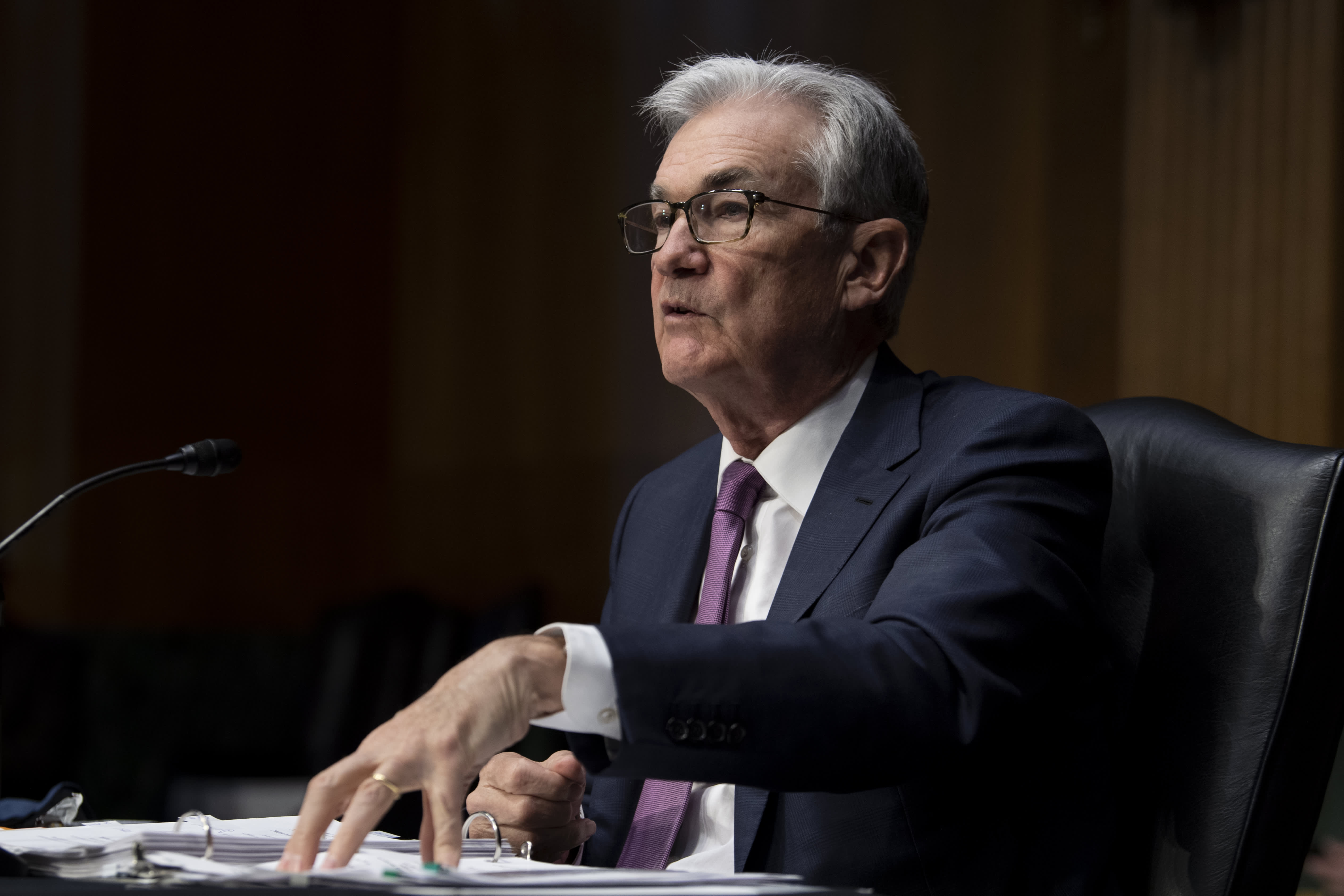The Federal Reserve is expected to raise interest rates soon from rock-bottom levels to cool inflation.
The Personal Consumption Expenditures Price Index jumped by 5.8% in December from the year prior, tied for the fastest pace since June 1982, the Bureau of Economic Analysis said Friday.
Fed officials prefer this inflation metric over others as the north star guiding their policy response. The U.S. central bank uses it to grade whether it’s on track to hit its 2% inflation target, according to economists.
But why is this the preferred gauge?
Broad scope
Like the perhaps-better-known Consumer Price Index, the PCE Price Index reflects the prices Americans are paying for a basket of goods and services, and how those costs change over time.
But the barometers differ in two key ways.
For one, the PCE Price Index has a broader scope than its CPI cousin.
The latter looks at households’ out-of-pocket costs, while the PCE Price Index examines a broader swath of the cost ecosystem, according to economists.
More from Personal Finance:
Why the stock market hates the idea of rising interest rates
Most Americans want Biden to prioritize student loan forgiveness
What to do if you win the $421 million Mega Millions jackpot
Take health care, for example: The PCE Price Index accounts for costs incurred by government programs like Medicare and Medicaid, as well as private insurers, where CPI does so just for health costs that directly impact Americans’ wallets, according to Josh Bivens, research director at the Economic Policy Institute.
“The larger scope is one virtue [of the PCE Price Index],” Bivens said.
“When the Fed is looking at inflation, they’re less concerned with what is happening to the living standard of the household; they want to know the macroeconomic inflationary pressure building up,” he added.
The Federal Reserve looks primarily at “core” prices, which strip out volatile food and energy categories. That PCE Price Index gauge jumped 4.9% in December from a year earlier, the biggest gain since September 1983.
Consumer behavior
The PCE Price Index is also more dynamic, economists said. It better reflects how prices affect consumer behavior and how households respond to rising costs.
If beef prices rise significantly, families may instead buy chicken to defray costs, for example.
The CPI does this, too, but much more slowly — about every two years instead of each quarter, Bivens said.
That’s why CPI tends to overstate the rate of inflation — it assumes people buy the same things in years one and two without accounting for substitution bias, according to Marc Goldwein, senior director of policy at the Committee for a Responsible Federal Budget.
Indeed, inflation jumped 7% in December as measured by the CPI, relative to the 5.4% for the PCE Price Index.
“[The CPI] is a bad measure of inflation,” Goldwein said.
Directionally, the indices point in the same general direction, though, he added.
Other factors
Of course, Fed officials don’t just look at one data point when judging interest-rate policy. The PCE Price Index gauge may be most important metric, generally speaking, but the central bank weighs economic data like unemployment rate and labor force participation, too.
“They are looking at as much data as they can absorb to get the best sense of the dynamics of the economy,” Goldwein said.
High and lingering inflation is the result of supply-and-demand dynamics resulting from the pandemic, economists said.
For one, there’s been a surge in consumer demand, especially for physical goods.
“We’ve done all these things juicing demand.Marc Goldweinsenior director of policy at the Committee for a Responsible Federal Budget
Americans have had a pent-up willingness and ability to spend as they emerge from hibernations at home; government programs like stimulus checks, enhanced unemployment benefits and a student-loan pause also put more cash in their wallets, while interest rates near zero offered cheap access to mortgages and other loans, Goldwein said.
“We’ve done all these things juicing demand,” Goldwein said.
A shift toward more physical goods has also run headlong into supply-chain issues, as manufacturers have grappled with virus-related closures — limiting supply at the same time demand is increasing, Bivens said.
Some economists expect inflation to cool throughout 2022, despite any new Fed policies.
Fed officials expect the PCE Price Index to temper, to 2.5% to 3%, by the end of the year, they estimated in December. (This projection strips out food and energy prices.)
“[Inflation] has lasted longer than people thought,” Bivens said. “[But] it has the seeds of its own deceleration,” since high spending on physical goods is unlikely to persist.
“No one buys a new car every year,” he added.
